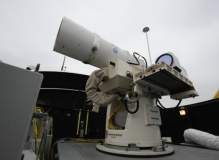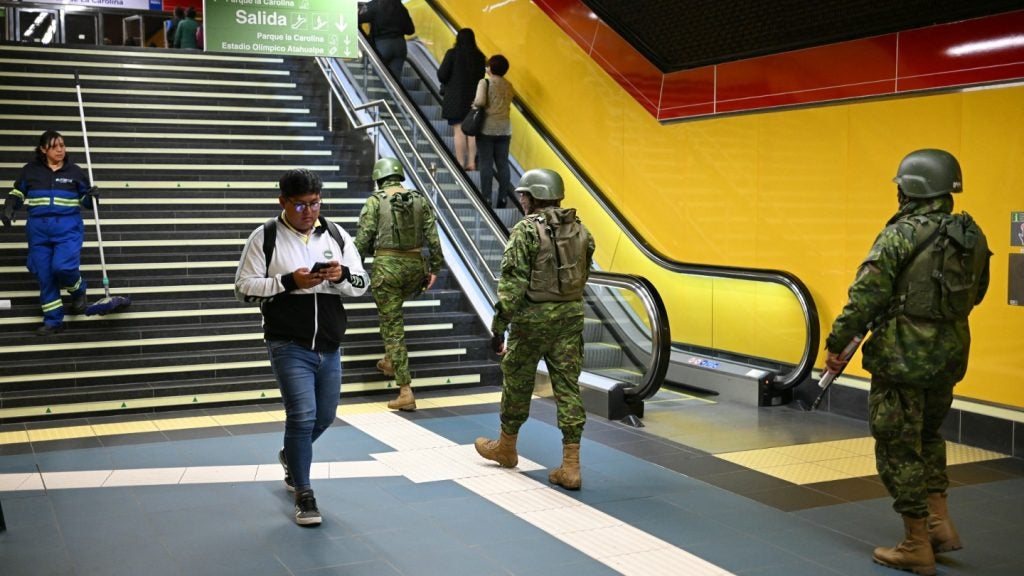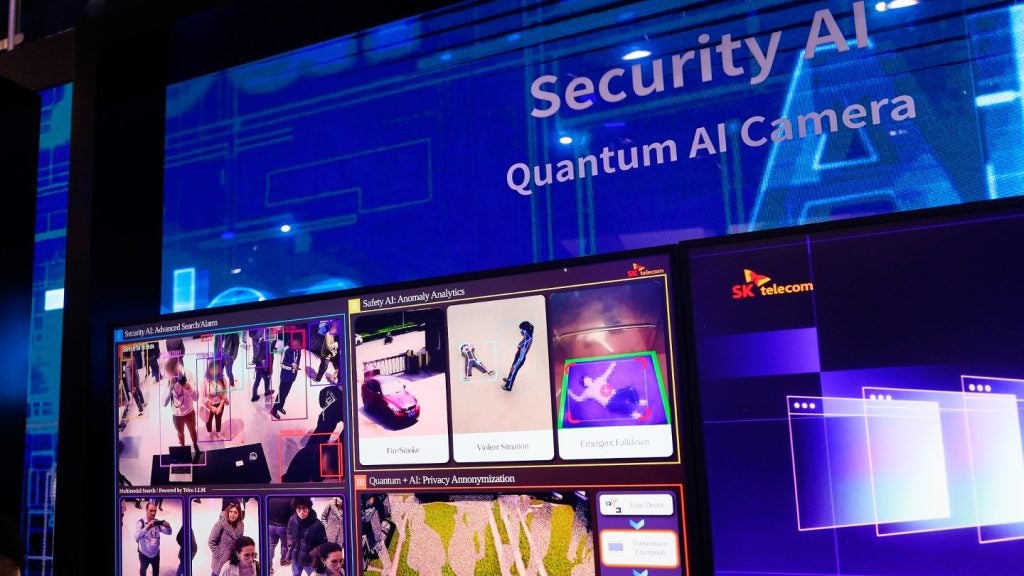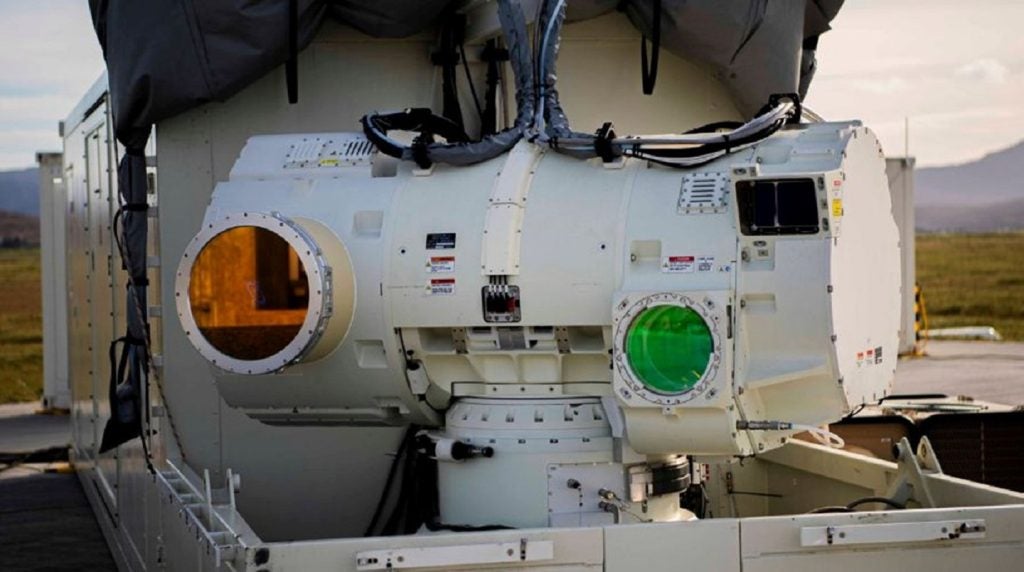
The military commonly uses lasers to mark a target, guide weapons and for missile defence. But using them against enemy troops isn’t new.
How well do you really know your competitors?
Access the most comprehensive Company Profiles on the market, powered by GlobalData. Save hours of research. Gain competitive edge.

Thank you!
Your download email will arrive shortly
Not ready to buy yet? Download a free sample
We are confident about the unique quality of our Company Profiles. However, we want you to make the most beneficial decision for your business, so we offer a free sample that you can download by submitting the below form
By GlobalDataIt was recently revealed that Royal Navy deployed laser weapons as far back as 1982 to dazzle and disorientate Argentinean pilots during the Falklands war, though they were never used in action.
Known as "dazzlers", these low-powered lasers cause no long-term damage and are still used for crowd control and to deter pirate attacks. But until recently, lasers haven’t been powerful enough to destroy vehicles, aircraft and vessels.
LaWS
One programme set to change this is the US Navy’s Laser Weapon Systems, known as LaWS.
See Also:
During a demonstration in 2010, the navy combined a solid state laser with the Raytheon Phalanx weapons system to shoot down four target drones installed on the testbed ship, USS Ponce.
In a navy video you can see the drones bursting into flames in mid-flight, and tumbling into the sea. LaWS could be deployed aboard US Navy ships as soon as next year.
RELI
Although navy ships can carry large, powerful lasers, to use them on land, they have to be light and small enough to fit on military trucks.
So the Pentagon has asked defence giants to demonstrate their most powerful and compact lasers for its Robust Electric Laser Initiative programme, or RELI.
Boeing recently claimed it exceeded RELI requirements with a demonstration of its thin disc laser system, which concentrates commercial sold-state lasers into a single super-bright 30kW beam.
This RELI programme could see US troops zapping the enemy from an Oshkosh military truck by 2017. No-one saw that coming.
Future weapons
As we’ve seen, lasers have been used in military applications for decades, and will be used as a powerful weapon in just a few years. Who know what these formidable tools will be capable of in decades to come.
For more on futuristic weapons, join us next time when Latest In Defence will be reporting from the world’s largest defence and security expo, DSEI, in London.
Related content
Video feature: The human torpedo – the midget sub of WWII
Human torpedoes were the predecessors of modern midget subs, developed during World War II for divers to sneak through harbour defences and affix mines to enemy ships.
Video feature: US Navy X-47B UCAS-D spreads its wings
Testing of the X-47B Unmanned Combat Air System demonstrator (UCAS-D) for the US Navy has continued apace this month, with the delta-wing stealth aircraft making a milestone landing on an aircraft carrier.


.gif)




